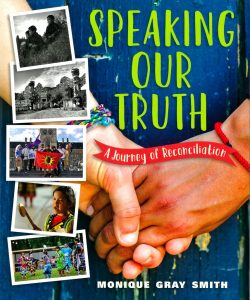
I’m not sure how I came across these “Podplays” by Neworld Theatre in Vancouver, but they do seem intriguing. Although I am not completely sure what they are, or how they work, I figure that you situate yourself in the actual setting of a play of a local theatre troupe. Then you simply press play, and locate yourself so that you feel like you are on the set in real life, and in situ. I feel like Podplays would be similar to augmented reality in that the user puts themselves in a place, and a storyteller guides them through the setting: “you look at a familiar place in an unfamiliar way” (NeworldTheatreBC, 2012, 0:52). This is similar to my experience at Alcatraz in San Francisco where my wife and had to move along with the pre-recorded script.
One of the audience members that has engaged in the Neworld Theatre Podplays says it “wants me to learn more about my neighbourhood” (NeworldTheatreBC, 2012, 1:13). On Neworld Theatre’s YouTube channel they describe Podplays as “a hybrid of technology and performance and combines sound, story and text…[on] your portable media player, ….[and] the plays become a soundtrack to life on the streets of Vancouver” (NeworldTheatreBC, 2012).
Reference
NeworldTheatreBC. (2012). Podplays Audience Feedback. YouTube. https://www.youtube.com/watch?v=DB5w4o4XSzo.
